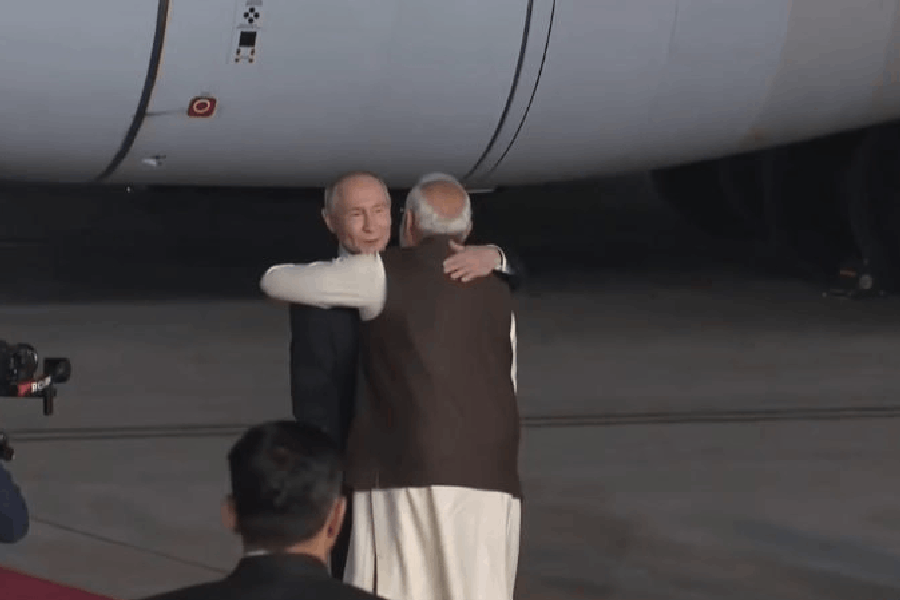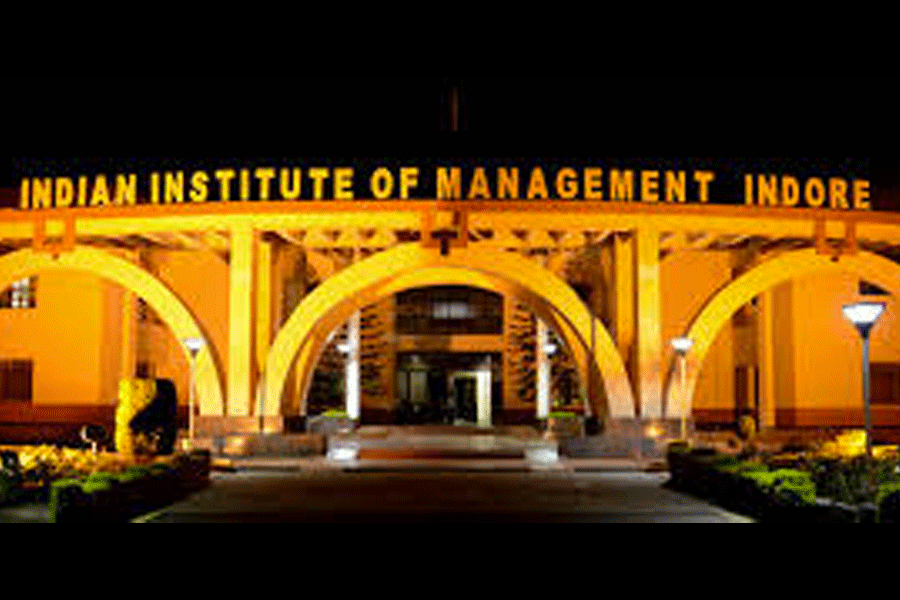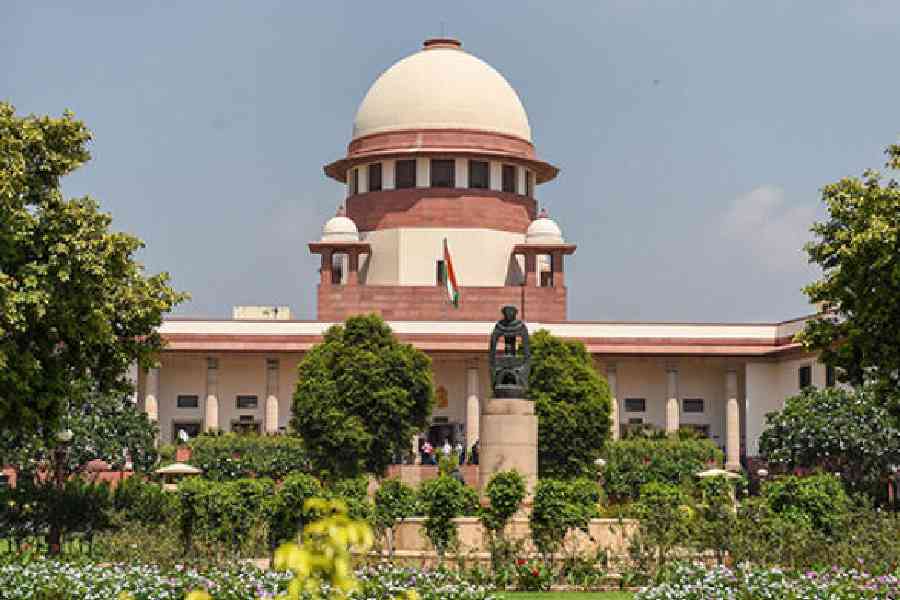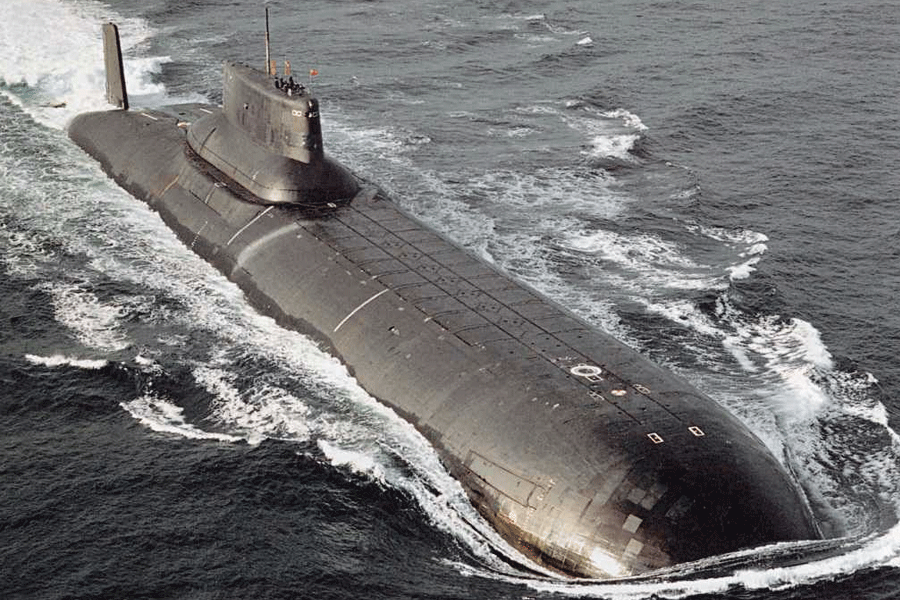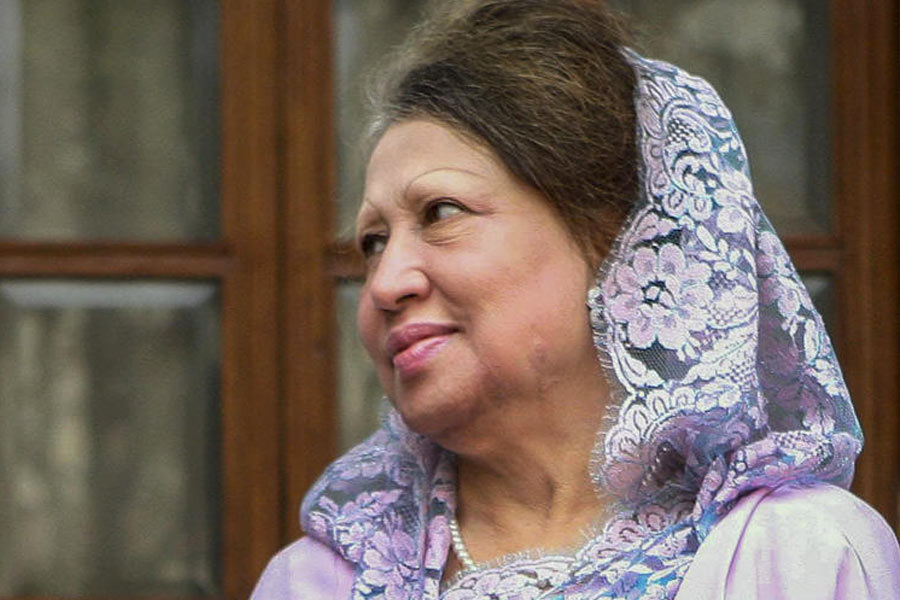India’s domestic ranking of higher educational institutions will from this year give negative weightage for papers retracted from journals.
At present, the National Institutional Ranking Framework (NIRF) awards weightage to institutions on teaching-learning and resources (TLR) such as students’ strength and faculty-students ratio; research and professional practice (RP), including publication, intellectual property rights and patents; graduation outcome (GO), including metric for university examination and PhDs granted; outreach and inclusivity (OI) like regional, social, economic and gender diversity among students and perception of academic peers and employers.
Several institutions have expressed reservations over the NIRF results.
V. Ramgopal Rao, the vice-chancellor of Birla Institute of Technology and Science, Pilani, had last month said the NIRF should integrate negative weightage to retracted papers and papers published in journals which get delisted from the international databases like Web of Science and Scopus.
Since its inception in 2016, the NIRF has never had negative weightage.
Anil Sahashrabudhe, chairman of the National Board of Accreditation (NBA), the agency managing the NIRF, said the framework would introduce negative marks for retraction of research papers by journals.
“Sadly, in the last two years, the number of retractions of papers has been increasing. We have got complaints about this from various quarters. Retraction will be a factor for negative weightage in this year’s NIRF,” said Sahashrabudhe.
He added that a formula had been developed to award negative weightage depending on the number of retractions or percentage of retractions.
Usually, papers are retracted by journals for unethical practices resorted to by the researcher for data manipulation, plagiarism, authorship violations and peer review manipulation, or serious methodological errors. The universities usually blame the individual faculty members for retractions.
Sahashrabudhe rejected as “irrelevant” the defence by errant institutions that they cannot be penalised for anything wrong committed by individual researchers.
“It is not acceptable that the institution has no role in high-scale retraction of papers of its faculty members. Every institution has its quality-control bodies — internal quality assurance cell and deans of research academics who are supposed to be alert, responsible and take action against faculty members for repeated retraction of papers,” Sahashrabudhe said.
He said the negative score on account of retraction would be increased in the ranking round in 2026. This year, there is a minor penalty with negative marking.
Sahashrabudhe said the NIRF gives differential weightage to papers, depending on whether the journal is just in Web of Science and Scopus-indexed journals or in top quartile journals.
“Research needs to be promoted. We give marks to papers published in all Scopus or Web of Science journals. However, there is higher weightage to top quartile journals,” he said.
The National Assessment and Accreditation Council, in its revised accreditation framework, will also award negative weightage during accreditation for retraction of papers by institutions, he said.
Anindya Sen, former professor of IIM Calcutta, said negative weightage to retracted papers had its challenges. The NIRF, being an annual exercise, would see the retracted papers of the previous academic year. The papers retracted after two or three years would escape the NIRF’s assessment.





